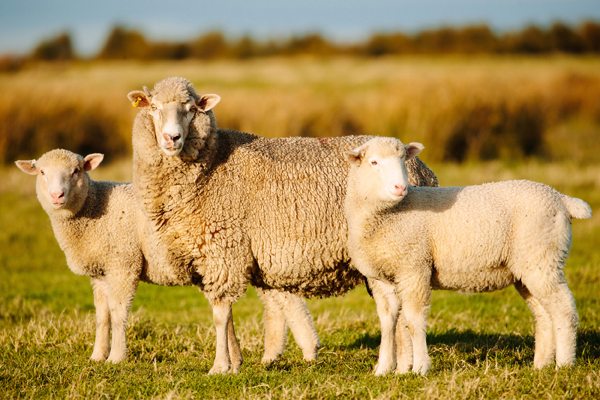Finishing Sheep And Cattle Suggestions
You can’t fatten an animal on market day. Preparing for sale day requires planning and time. Getting the best results is a box ticking exercise where the more boxes you tick the more success that you will have. There isn’t space to cover every angle in this newsletter, but we can stick to the fundamentals.
A Good Environment.
All animals require shade from the sun and shelter from the wind. If you are weighing up the choice between confinement feeding or paddock feeding, shelter should be considered. If animals walk off any energy at all in a large paddock, then that is more than compensated for by increased comfort and less stress. The main advantage of confined feeding is the ease of management of animals. Adding a substance called betaine to the stockfeed can reduce the effects of heat stress where shade is not practical.
Clean, Clear and Cool Drinking Water
One of the major drivers of feed intake is water. Both sheep and cattle require at least 5 litres of water for every kilogram of food that they eat. This can double with hot weather. They will reduce eating if their water requirements are not met. Test the water for salt. Young growing animals should not be subjected to Total Dissolved Solids levels over 4,000 milligrams per litre. Feed troughs should be placed 100 meters or more from water troughs where possible.
Animal Health Preparations
All animals in a feedlot should be fully vaccinated. Sheep are especially susceptible to scabby mouth and pulpy kidney in intensive feeding situations. Cattle are at risk of bovine respiratory disease. Both species can have foot problems where drainage is inadequate. Strategies to prevent acidosis (grain poisoning) and heat stress should be considered. Sheep are best shorn. Vitamin A and B injections can help.
Reid Stockfeed include vitamins, minerals, and buffers against acidosis in their grain and pellet mixes.
Introducing Crushed Grain or Pellets into the Diet
The most important thing to do is introduce animals to the feeding area and fill them up with forage (either conserved or standing) at least four days before gradually introducing grain.
